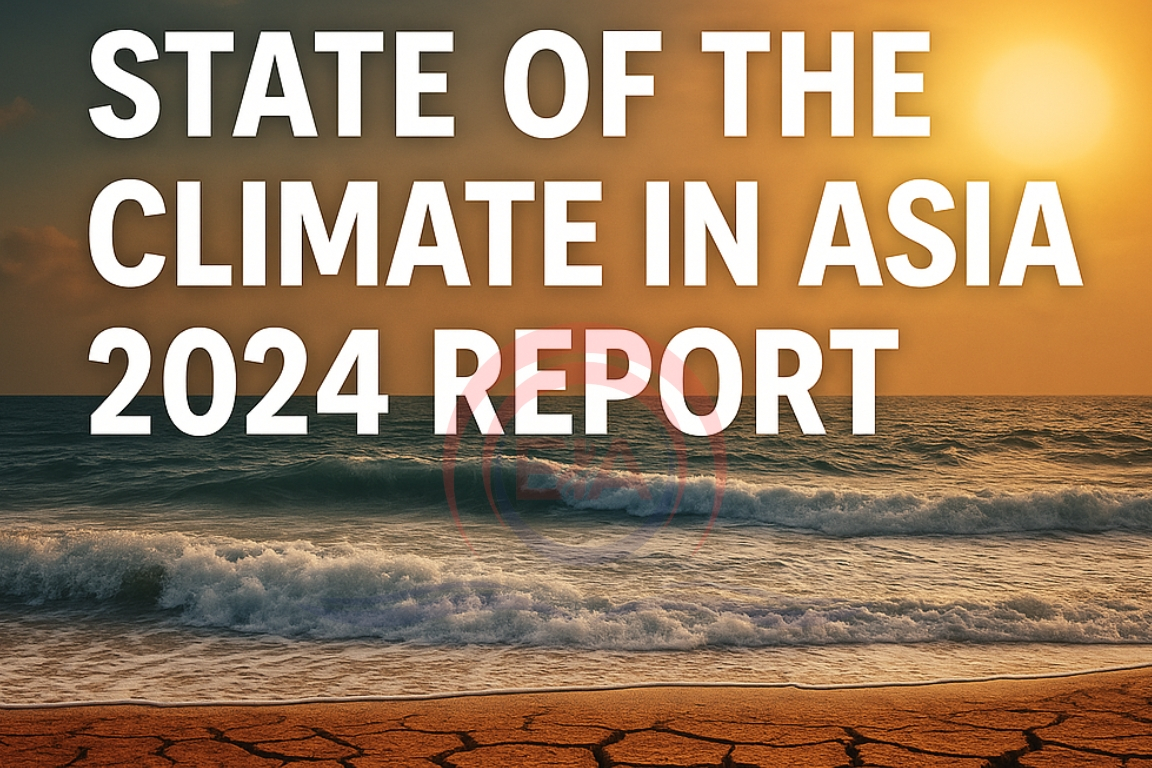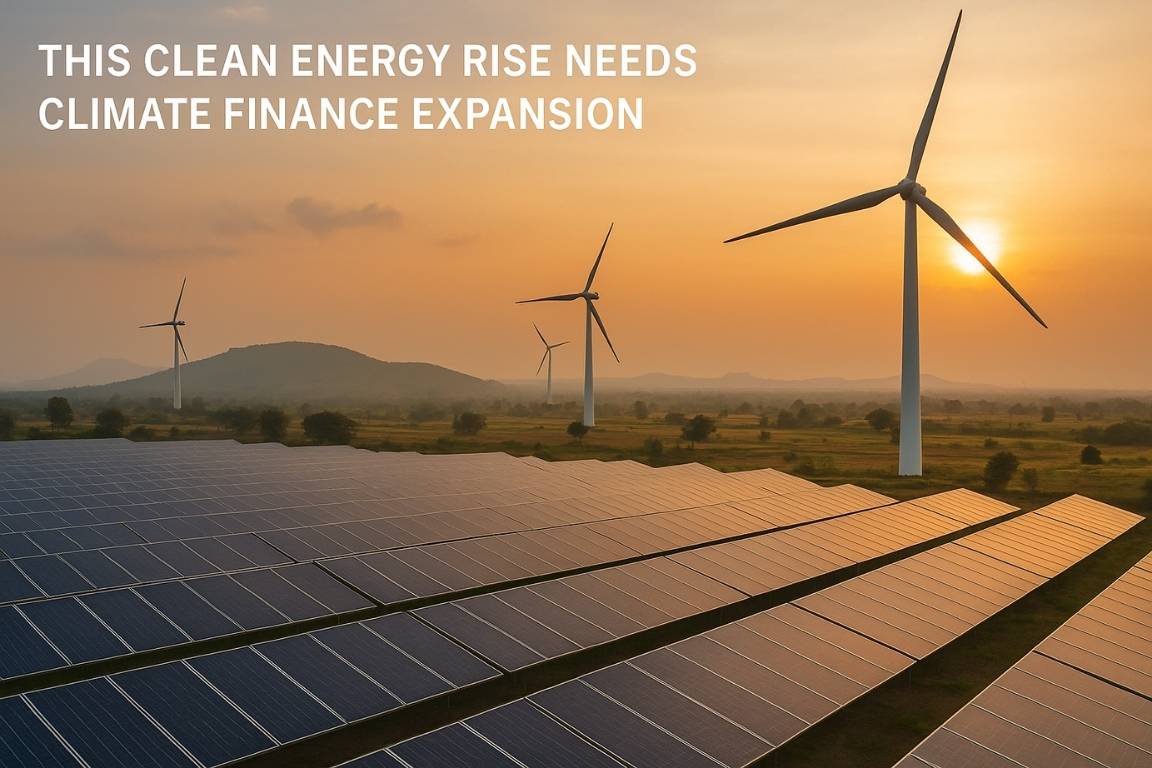The Union Government has announced that the next Census will take place in 2027 and will include caste details. This has triggered discussions on whether the current Census format needs changes to make the data more useful for addressing inequality.
- Publisher: World Meteorological Organization (WMO)
- Edition: Fifth annual regional climate assessment
- Contributors: National Meteorological Services, WMO Regional Centres, UN agencies, research institutes
- Scope: Tracks temperature, ocean health, weather extremes, and impacts on societies and ecosystems

Key Findings
- Record Temperatures
- 2024 was Asia’s warmest year since records began (1850).
- Every year from 2015 to 2024 ranks among the top ten hottest globally.
- Ocean Warming and Sea-Level Rise
- Asia’s coastal waters warmed at nearly twice the global rate.
- Sea levels along Pacific and Indian coasts rose faster than the world average, endangering low-lying areas.
- Marine Heatwaves
- Most of Asia’s seas experienced severe marine heatwaves in 2024—the largest extent since 1993.
- The northern Indian Ocean and seas near Japan, China, and Korea saw the worst temperature spikes.
- Tropical Cyclones
- Bay of Bengal spawned three major storms (Remal, Dana, Fengal); Arabian Sea saw Cyclone Asna.
- These intensified storm patterns threaten coastal populations and infrastructure.
- Extreme Heat Events
- Temperatures soared above 49 °C in parts of Saudi Arabia’s Makkah region.
- Prolonged heatwaves pose serious health and crop-yield risks.
Conclusion:
The report underscores the accelerating impact of climate change in Asia—demanding stronger adaptation measures, coastal defenses, and heat health action plans to protect vulnerable communities and ecosystems.





